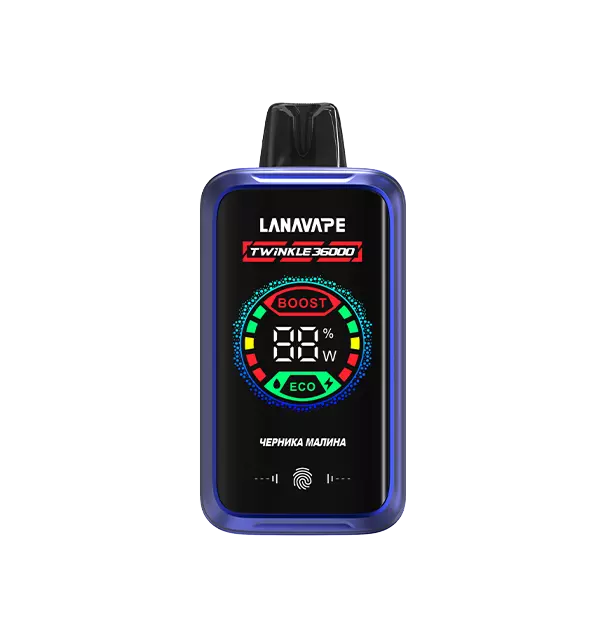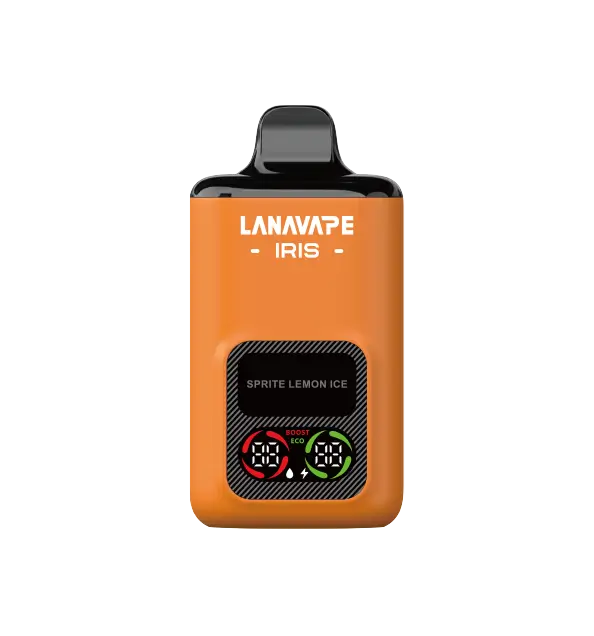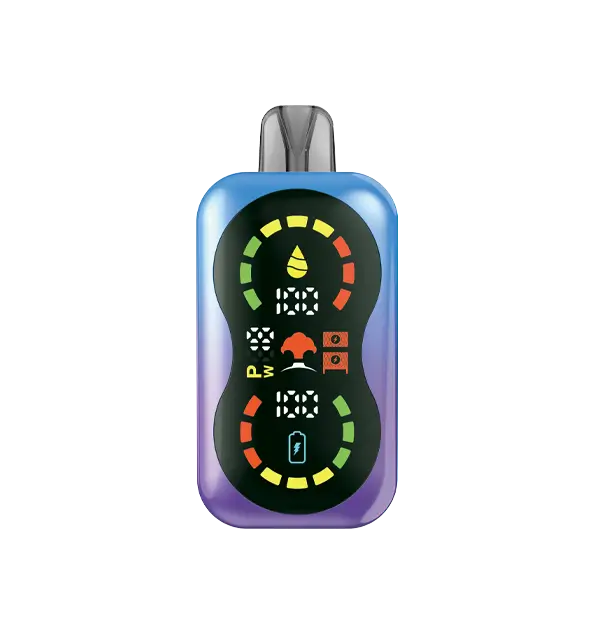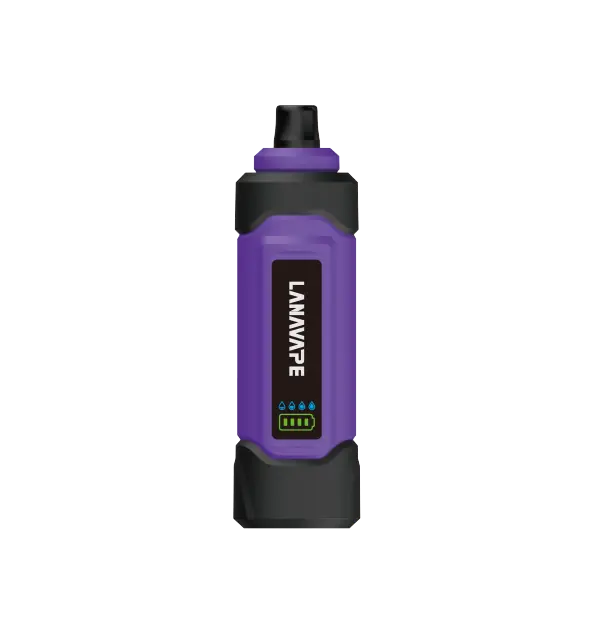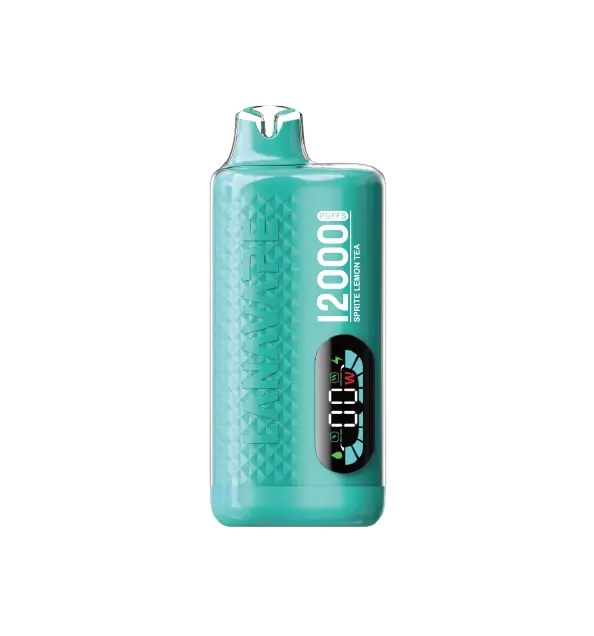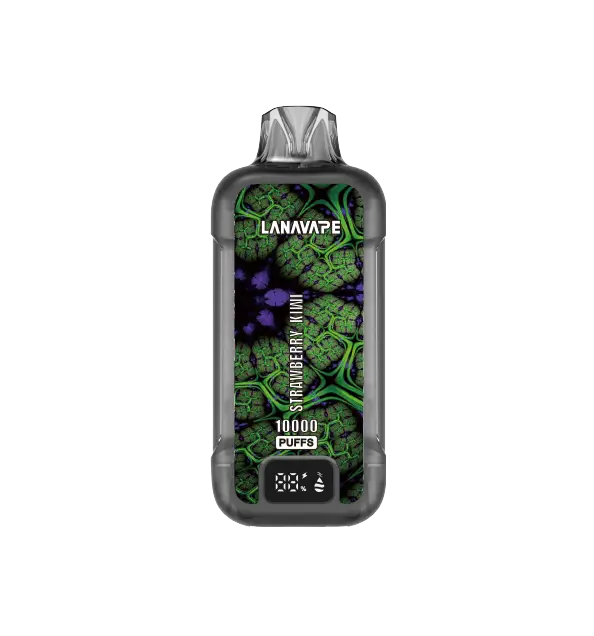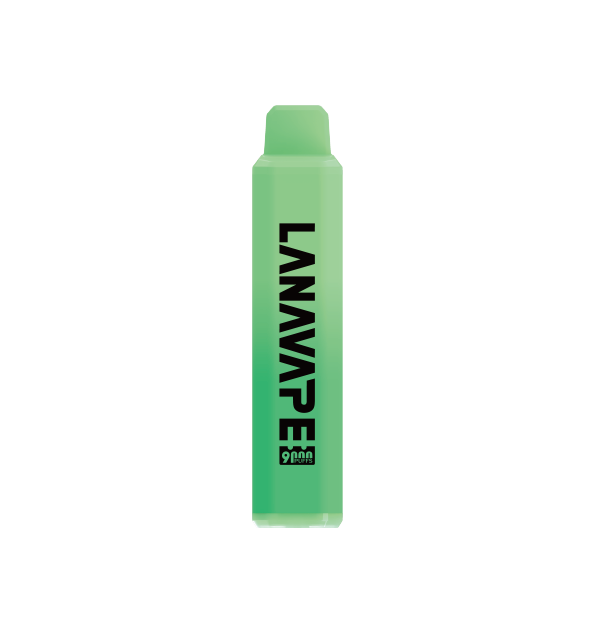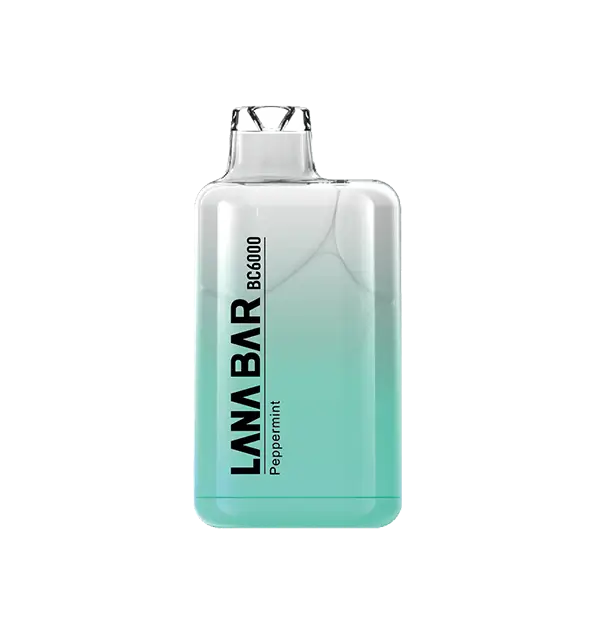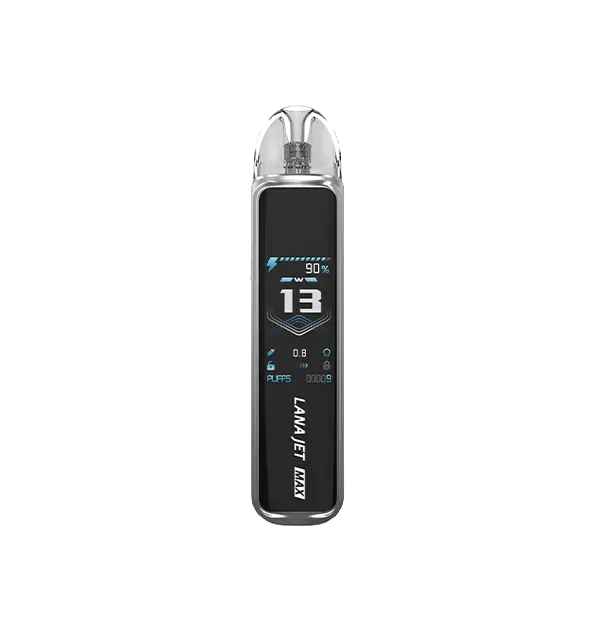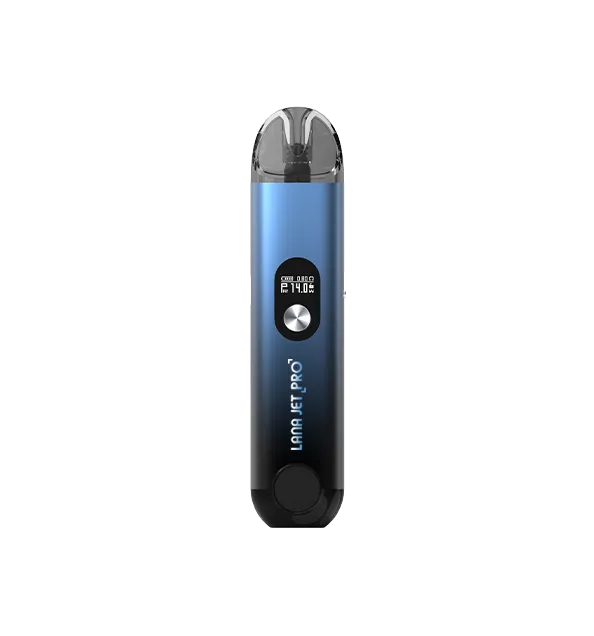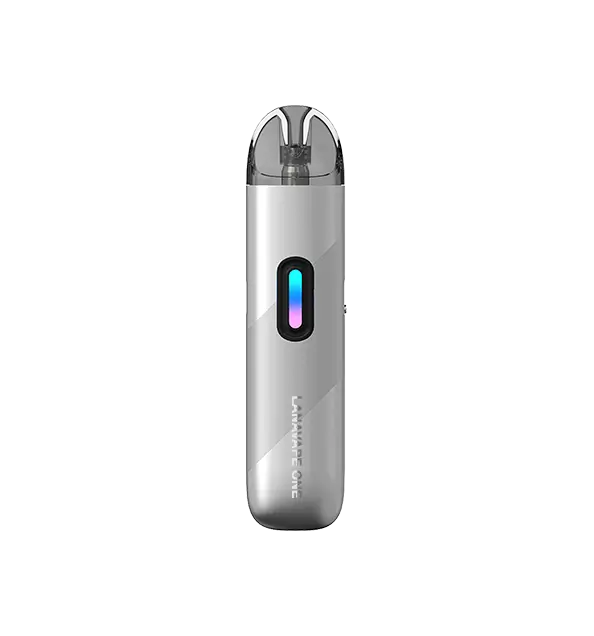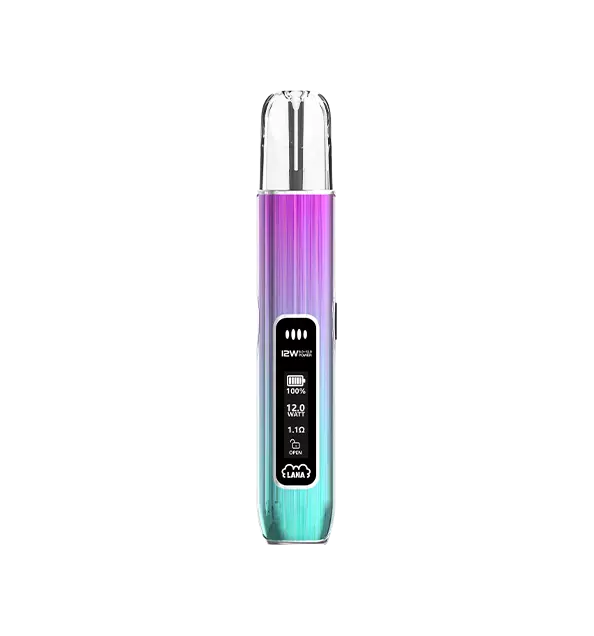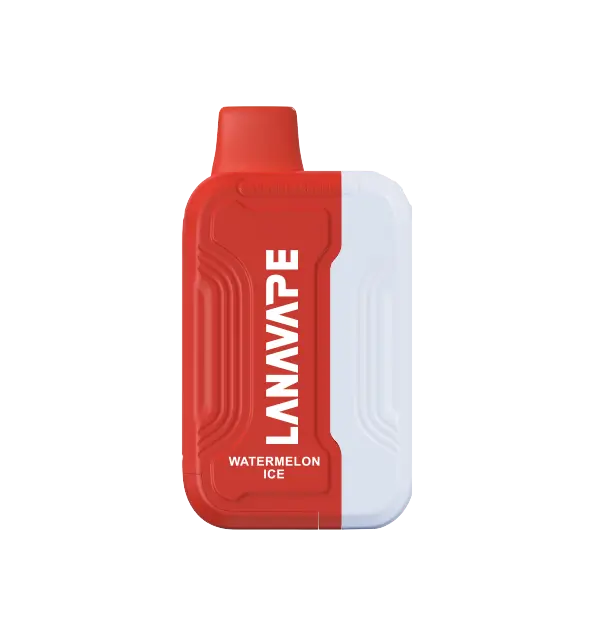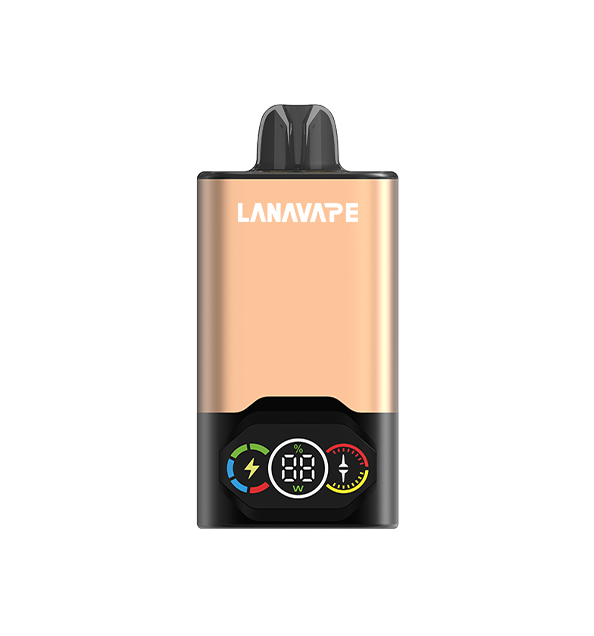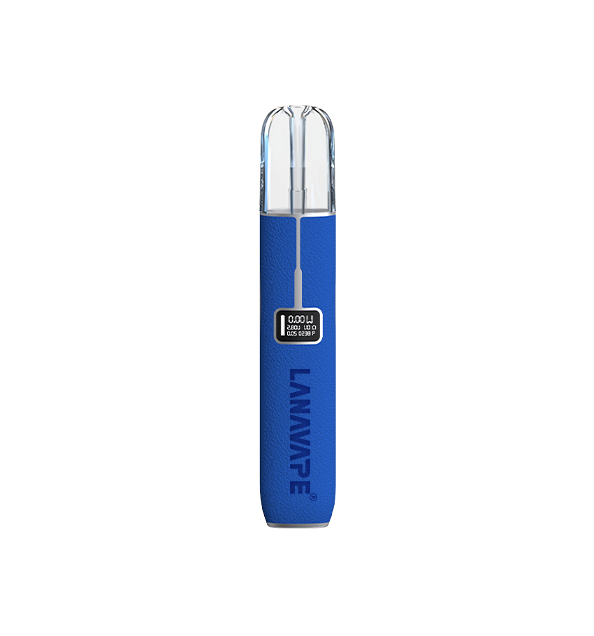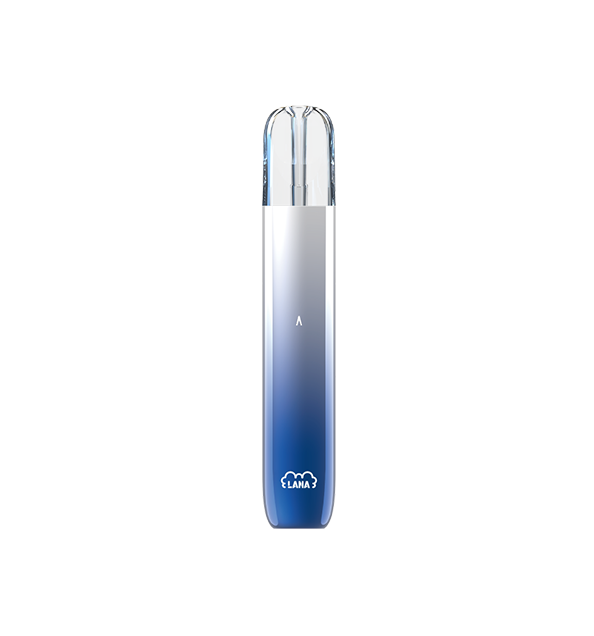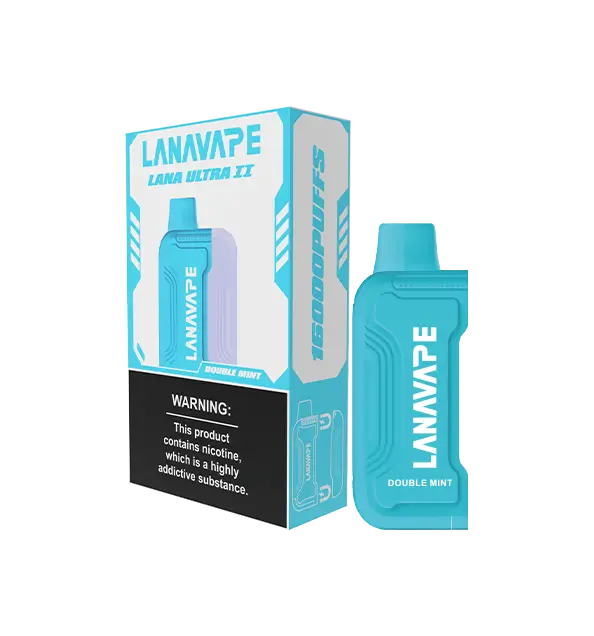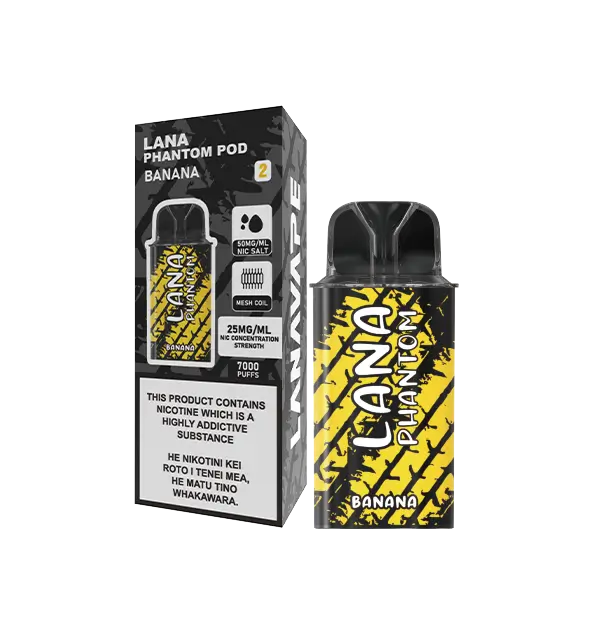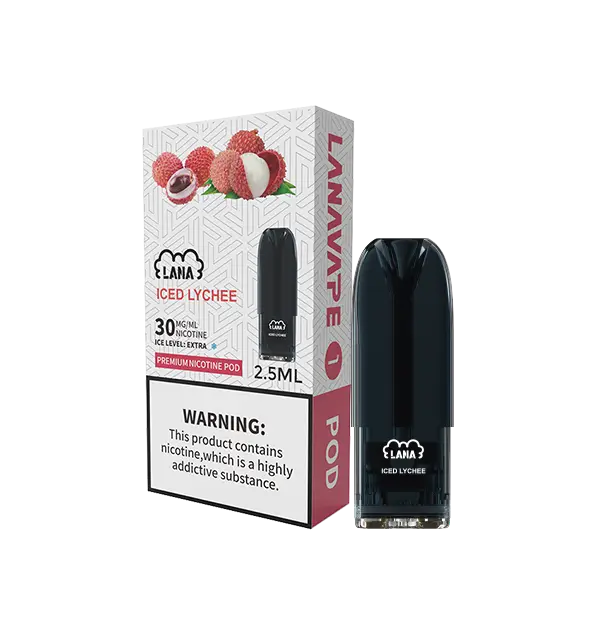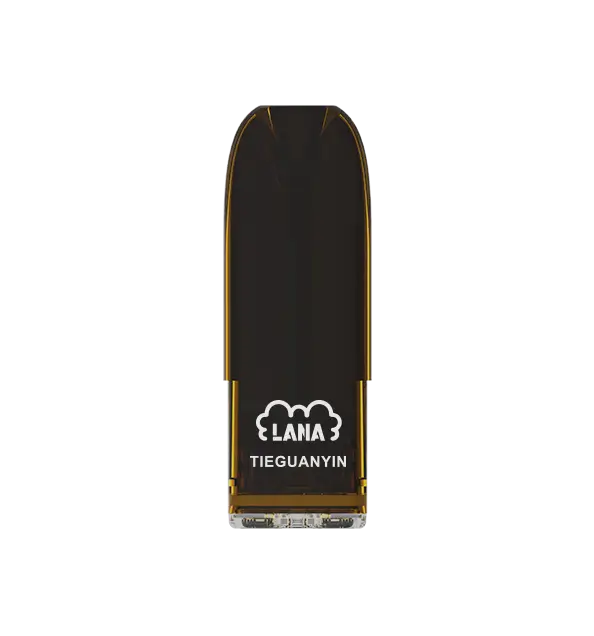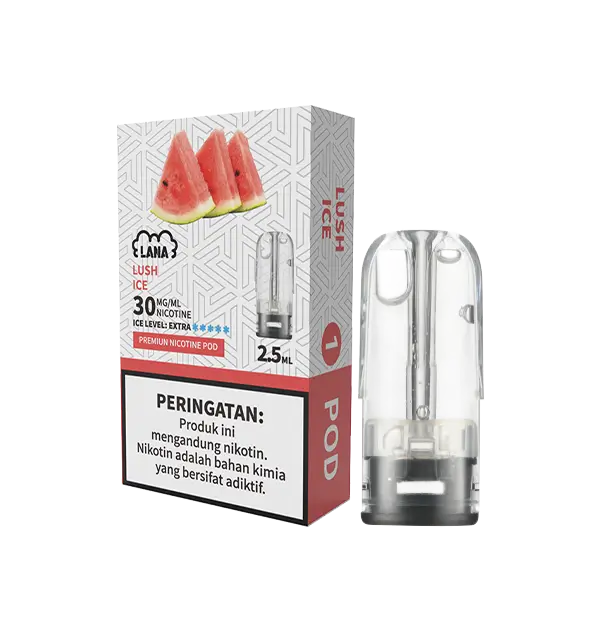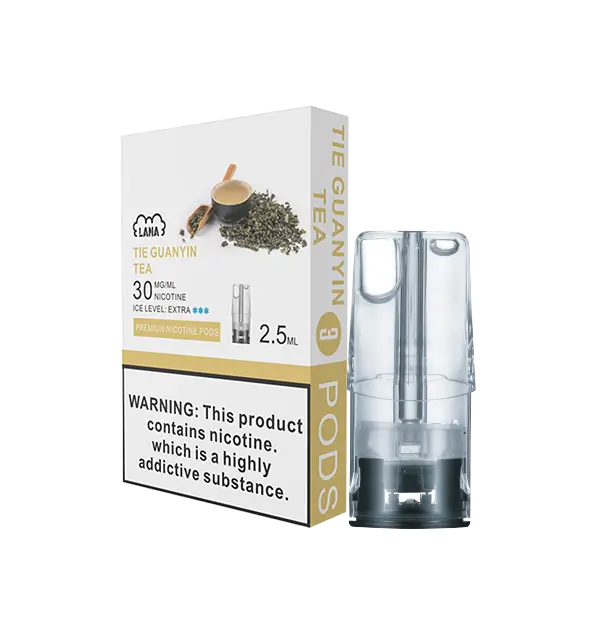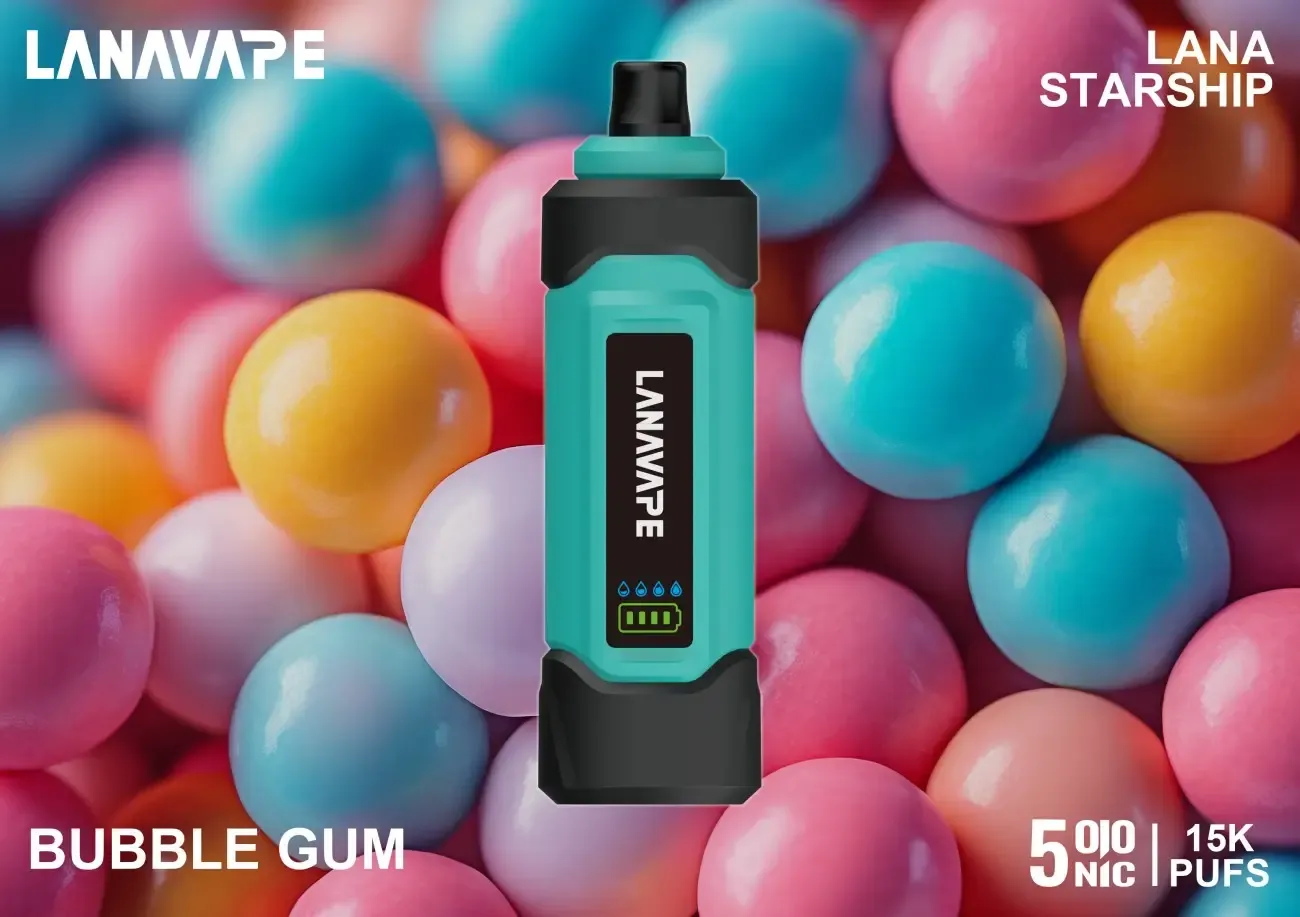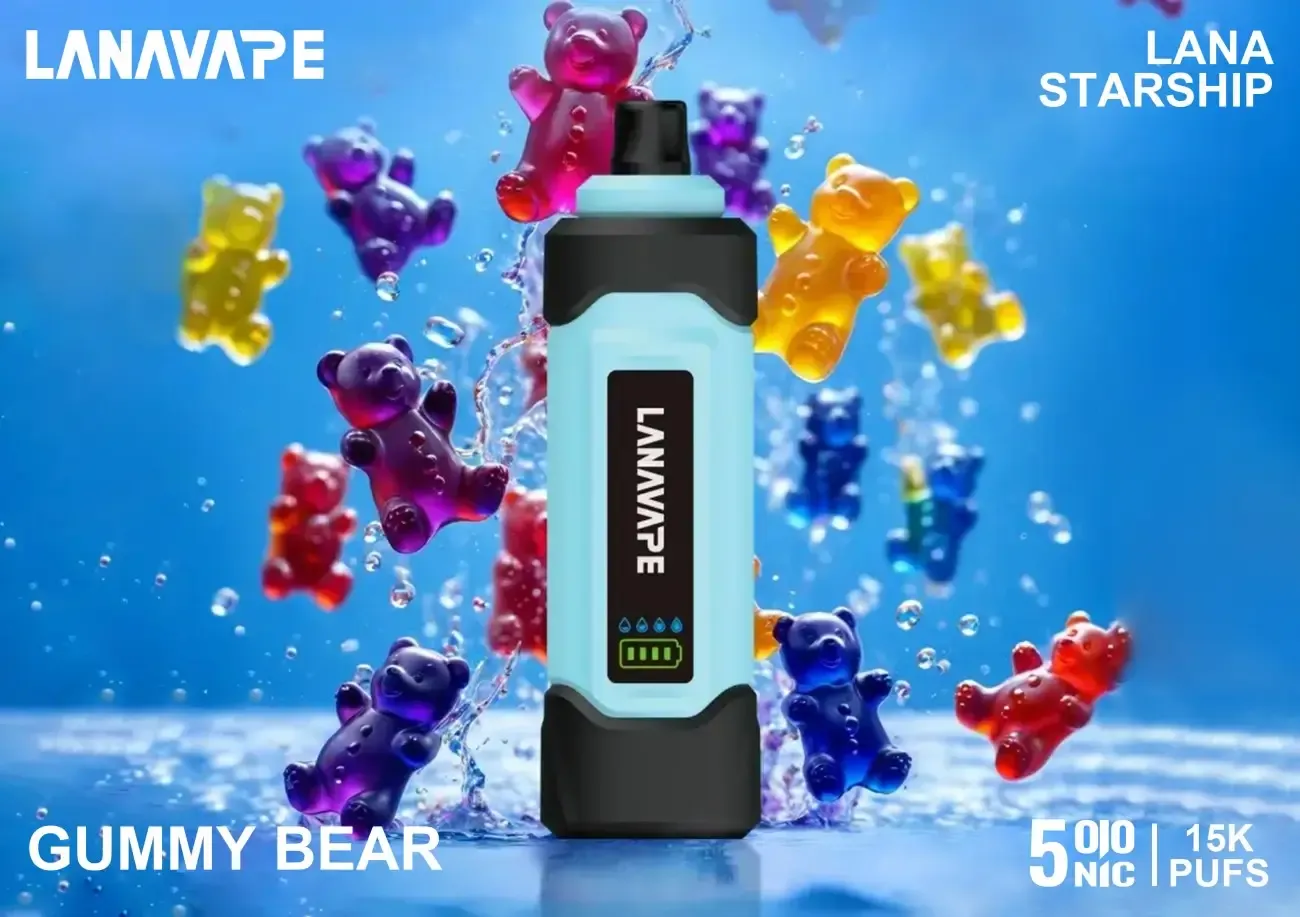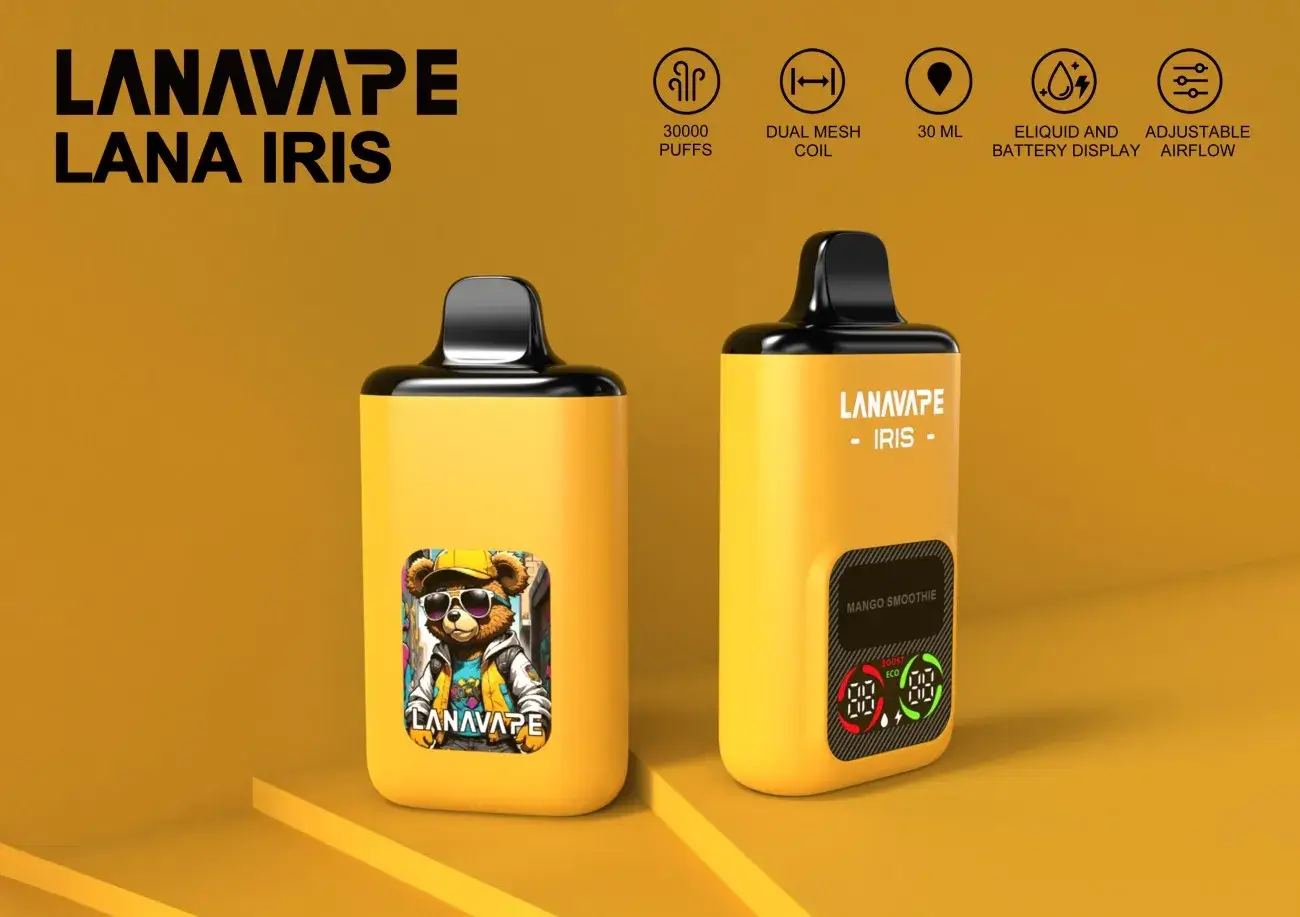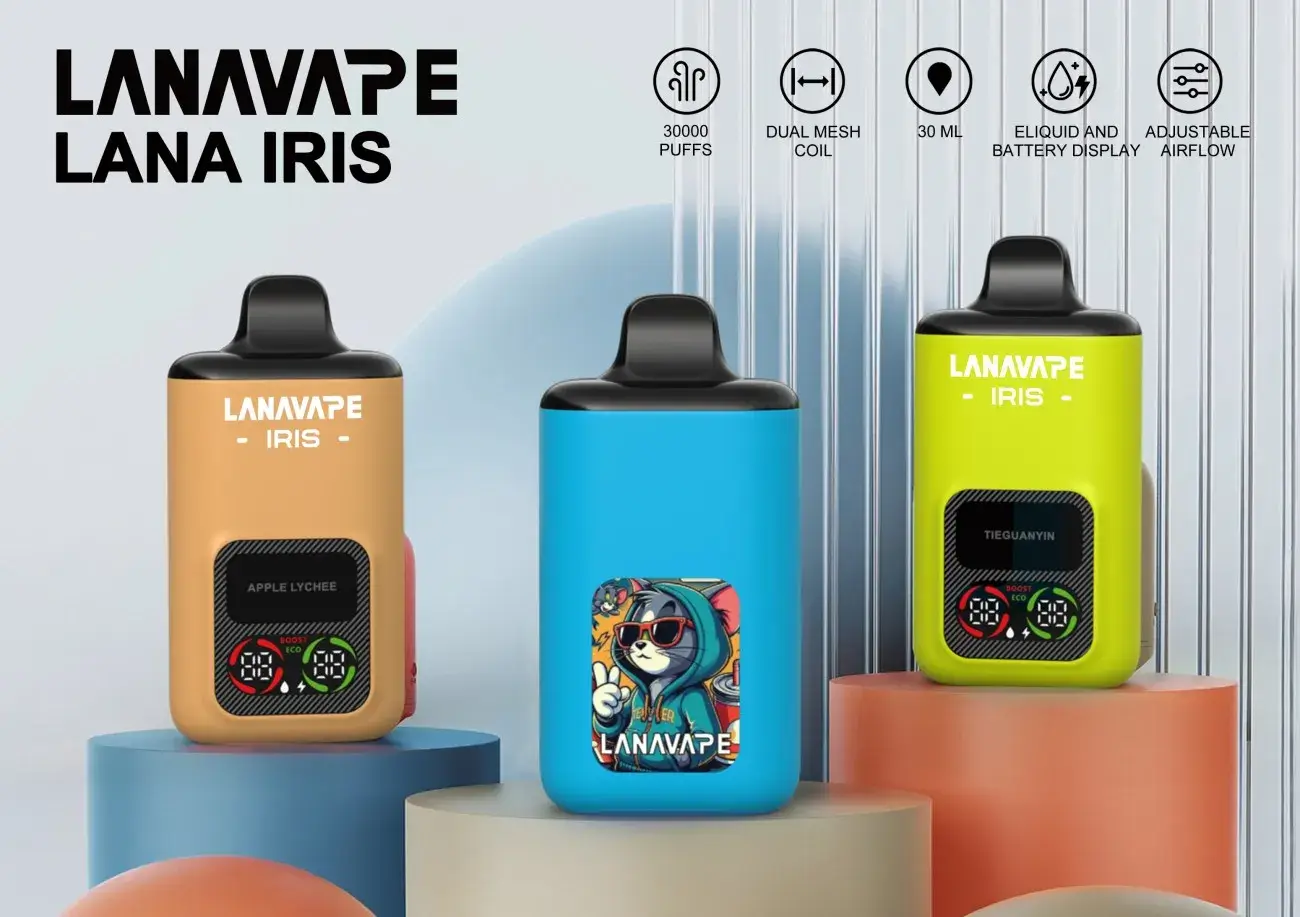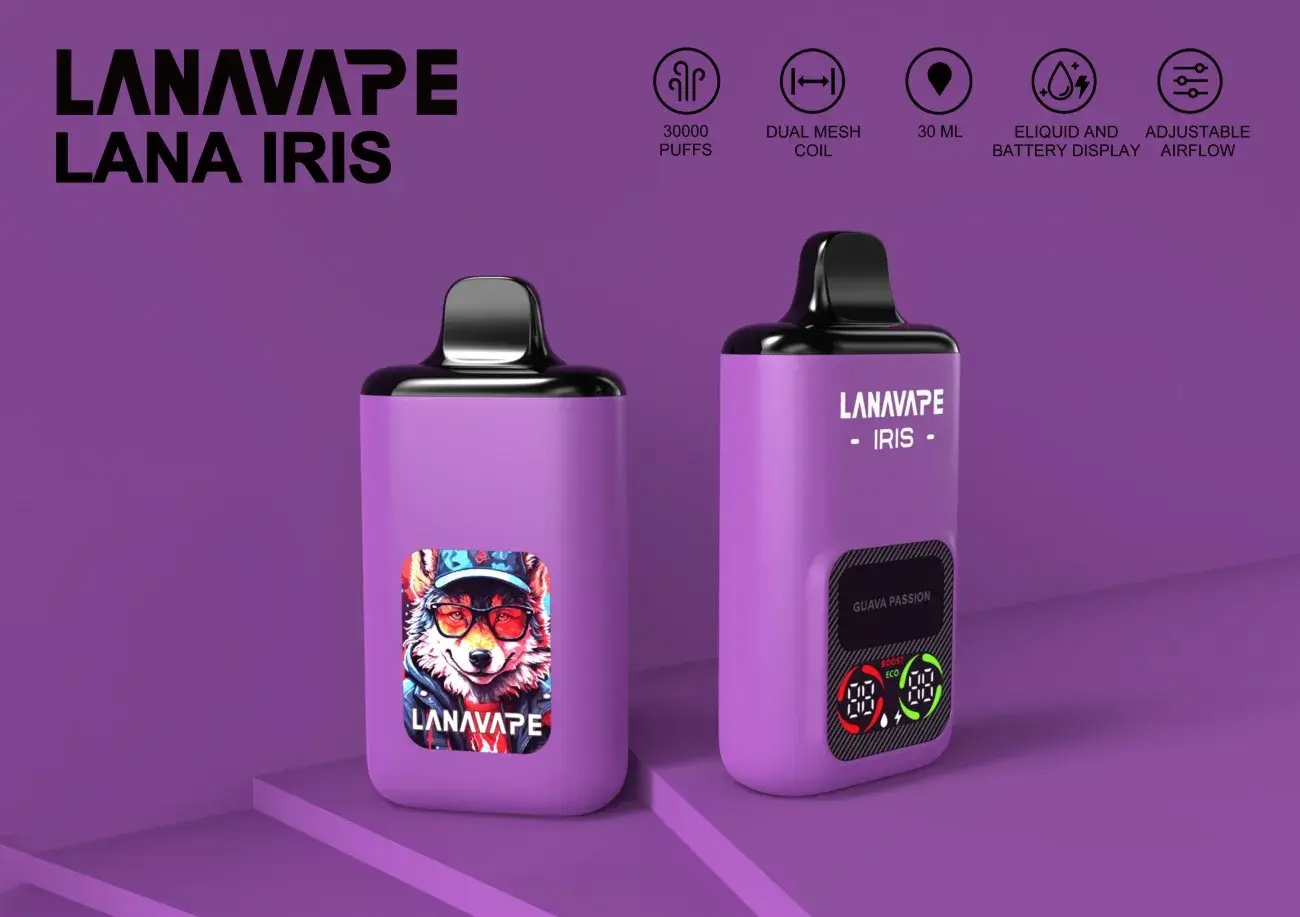
If you’re an expert vaper, you know those open and closed-system vaping devices are two different electronic cigarette breeds. But for those who are new to the game, let me break it down for you.
1. Open System
An open-system vaping device is all about customization. You get to choose your own e-liquid and fill up the clearomiser manually. With a removable mouthpiece, you can really make this device your own. And with a powerful battery, you can use it without worrying about a recharge.
But here’s the catch—you need to switch out clearomisers for each flavor of e-liquid to avoid any ghosting. Trust me, you don’t want to mix your fruity pebbles with your tobacco products. However, to use them safely, users need a higher level of knowledge and attention to detail.
How to use open-system vaping devices safely:
Use a power-regulated mod with a removable battery. These devices have advanced safety features that prevent overheating, overuse, and short circuits.
Choose a reliable external charger compatible with the device and follow the manufacturer’s instructions carefully when charging the battery.
Use high-quality batteries from reputable brands and avoid using damaged or improperly wrapped batteries.
Monitor the battery level regularly and replace it if it shows signs of wear or damage.
Avoid using devices that have loose connections or damaged parts.
Follow proper maintenance procedures, such as regularly cleaning the device and replacing the coils.
Keep the device away from extreme temperatures and moisture, which can damage the battery and cause safety hazards.
2. Closed System
On the other hand, a closed-system vaping device is like a pre-made meal—no fuss, no muss. The pre-filled cartridges attach easily to the device, and the mouthpiece is built right in. All you have to do is charge it up and get to vaping.
And when the cartridge is finished, simply dispose of it and move on to the next one. But to get the full flavor experience, keep your closed system device charged as often as possible.
What makes a closed system safe?
They are convenient and easy to use. It makes them a great option for smokers who are always on the go and want to avoid dealing with the hassle of refilling their vape tanks.
They come with pre-filled cartridges, which eliminates the need for users to handle e-liquid directly and reduces the risk of accidental spills.
The sealed design of closed-system vapes helps to prevent leaks and minimize the risk of exposure to harmful chemicals.
They are less likely to malfunction compared to open-system vapes.
What’s the Safest?: Unregulated vs. Regulated Mods
1. Unregulated Mods
Unregulated mods, or “mechs,” are a thing of the past in vaping. While not all unregulated mods are mechanical, all mechanical mods are unregulated. They lack protective circuitry, providing a pure, unfiltered vaping experience that can be risky if you’re not careful.
Short circuits, building too low resistance, over-discharging, and firing button mishaps can cause your battery to burst into flames. It’s important to know the safe limits for your battery, use a reliable charger, and monitor your battery levels. Have a mod with a locking mechanism, or turn it off when not in use.
If you’re new to vaping, it’s best to steer clear of unregulated mods until you’ve gained some experience. Remember, safety comes first!
2. Regulated Mods
Regulated mods, on the other hand, are a staple for any vaper looking to stay safe while enjoying their vape. Here’s a summary of how these complex devices keep you protected:
Voltage cutoff. Regulated devices come with a preset voltage cutoff, typically around 3.2 volts, which prevents your battery from discharging too low.
Overcharging prevention. They also prevent overcharging by cutting off the charger current when your battery hits 4.2 volts.
Overheating prevention. Regulated mods won’t overheat, unlike mechanical mods, as they’ll stop firing after 10 seconds, even if you accidentally fire it in your pocket.
Resistance safety. Depending on your device, they won’t fire if the resistance drops below safe levels, which can range from 0.1 to 1 ohm.
Pro Tips: While regulated mods offer ample protection against potential hazards, it’s essential to know their limitations and take necessary precautions to ensure your safety. Don’t forget that they won’t protect you from exceeding your battery’s amp limit, physical damage to your batteries, or overcharging on a cheap or poor-quality charger.
What is the Safest Vape: What Makes a Vape Safe
To determine the safety of a vape product, there are several criteria to consider:
1. Diacetyl-free E-juice
Diacetyl (DA) is a flavoring ingredient commonly used in food products, including popcorn, to enhance their taste and texture. However, its use has been linked to respiratory problems, known as “popcorn lung,” in both humans and animals. This disease originated from a popcorn factory. It’s best to avoid using diacetyl in your vape juice to protect your health. Other ingredients you should avoid are acetoin and acetyl propionyl.
What Makes a Vape Safe
2. THC-free E-juice
The CDC (Centre for Disease Control) has reported that vitamin E acetate was present in the lung fluid of all EVALI patients. E acetate is a thickening agent commonly used in e-liquids containing THC (Tetrahydrocannabinol), which can cause severe lung injury. EVALI has led to over 60 deaths in the USA, but the number is declining.
THC is not usually found in regular flavored or nicotine e-liquids in the UK, and CBD e-liquids may contain less than 0.2% THC by law. Vape Simple does not use THC or vitamin E acetate in their e-liquids to prioritize their customers’ safety. It’s important to stay informed about potential risks and choose high-quality e-liquids to ensure a safe and enjoyable vaping experience.

